North Cascades National Park is known as the American Alps for its dramatic mountain scenery, with jagged snow-covered peaks, alpine lakes, hundreds of the waterfalls that give the Cascade Range its name, and over three hundred glaciers. The 1,068-square-mile (2,768 sq km) park encompasses the Cascade Range from Washington’s Lake Chelan to the Canadian border. Despite the many attractions, and the park’s proximity to Seattle, it is one of the least-visited national parks in the country. Barely 30,000 people visited last year, making it the sixth-least visited of the 63 national parks. Compare this with Mt. Rainer, a similar distance from Seattle, that saw 1.6 million visitors in 2022.
Our long-planned weekend hiking trip to the park had us leaving Seattle during the festive Seafair Weekend, featuring hydroplane races and a US Navy Blue Angles aerial demonstration. For the first time in decades, the I-90 bridge remained open to traffic during the show, and the squadron passed right by as we crossed. In the clear weather, we also got some great views to the Cascade Range as we neared Mt. Vernon, where we stopped for lunch at District Brewing.
After lunch, we continued on to Marblemount, where we’d rented a VRBO cabin for the weekend. The cabin made a great base for our trip, with good access to the hikes we’d planned, and we enjoyed several meals on the wonderful terrace overlooking the Cascade River. It also was a short distance from the small town of Marblemount, where we stopped one evening for a fun meal at the Upriver Grill.
Our first hike of the weekend was to Cascade Pass and Sahale Arm, considered one of the best day hikes in the park. The hike is also fairly challenging, with an elevation gain of 3,963 ft (1,207m) over 11.6 miles (18.7 km) return. We set off before 6am to give ourselves plenty of time to complete the hike, and the sun was barely hitting the mountain tops as we passed through Mt. Baker-Snoqualmie National Forest before reaching the trailhead inside the park.
The first portion of the hike is a 2.7-mile (4.3 km) climb with an altitude gain of 1,500 ft (457 m), along a series of several dozen switchbacks with an average grade of 10:1. Cascade Pass is just under a mile from the top of the switchbacks, and the remaining trails is much easier going with an altitude gain of only 300 ft (91m). The sun climbed higher in the sky as we ascended, and Cascade Pass, at elevation 5,390 ft (1,642m), was brightly lit as we enjoyed a break there.
Many people stop at Cascade Pass, but the real prize is Sahale Glacier Camp at altitude 7,576 ft (2,309m). The trail to the camp is another 2.5 miles (4 km) with an elevation gain of 2,186 ft (666 m), and the scenery along the way is stupendous. Our goal, Sahale Mountain, dominating the sky as we proceeded, and Doubtful Lake was a real jewel. The amazing views at the top could easily convince us we were back in Switzerland.
Besides the spectacular mountain scenery, we saw much wildlife, including marmots, chipmunks, and plenty of mountain goats at higher altitudes. We didn’t see any bears, but saw bear scat, and on our return noticed a sign at the trailhead warning against stopping and eating on the trail to avoid attracting them.
The following day, we made our second hike in the park, to Hidden Lake Lookout. This trail is easier, with an elevation gain of 3,746 ft (1,141 m) over 8.8 miles (14.2 km). We parked about a mile from the trailhead, with many other cars, because the road was partially washed out. Our Honda Passport likely could have made it through but we decided not to push it. And we weren’t sure of the road condition beyond, which turned out to be fine.
The sky was quite hazy in this area due to smoke from nearby wildfires, but the views along the way and, particularly at the top, were amazing. After reaching Hidden Lake, we climbed a steep trail to the old forest fire lookout perched at the very top of a forbidding granite crag. The lookout was decommissioned in the 1950s, but has been preserved as a combination museum and camper’s shelter. And being a forest fire lookout, the views from here are, of course, spectacular.
We saw plenty of wildflowers on the previous day’s hike to Sahale Glacier Camp, but the ones on the trail to Hidden Lake were particularly abundant, varied and colorful.
We had planned to return home the next day by driving further east along Highway 20 and then south along 153 to Chelan, but the road was recently closed at Newhalem due to the Sourdough fire. The media photo below shows the fire threatening one of the three hydroelectric dams in the area. When we arrived, a large camp had been set up for the firefighters, with helicopters in the area to help fight the flames.
We instead toured the Newhalem Powerhouse and its grounds. Seattle City Light built the run-of-river hydropower plant in the 1920s to provide power for the construction of the nearby Gorge Dam. Today the 2MW plant is mainly used for emergency power supply, but its excellent visitors center is still open to the public.
We returned home on the route we’d arrived on, via Highway 20 west and I-5 south, stopping for lunch at Birdsview Brewing in Concrete. The Blue Angels were just finishing their final pass of the weekend as we reached the I-90 bridge, and we caught a quick glimpse as we emerged from the tunnel.
Our route to to Marblemount is shown on the interactive map below. Click here for a full-page map.
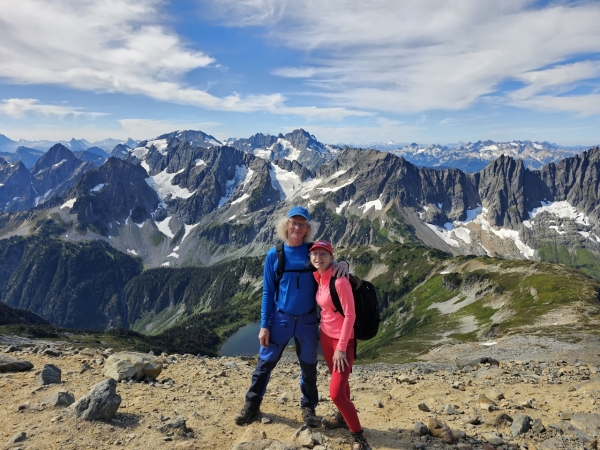
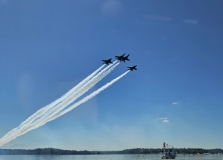
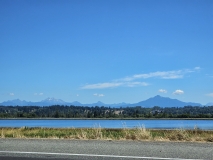
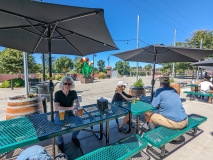
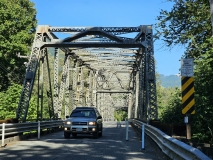
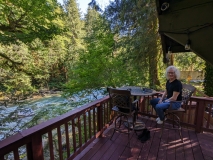
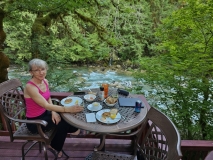
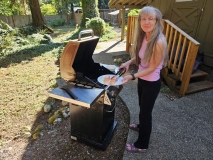
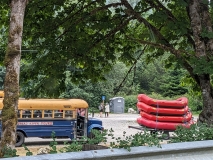
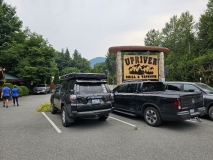

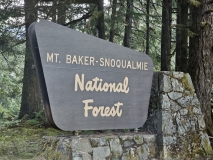
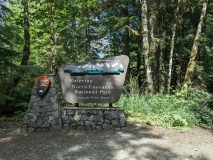
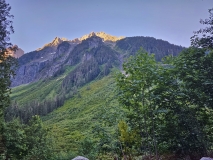
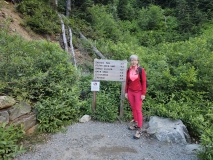
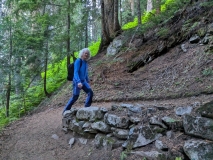

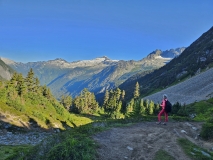
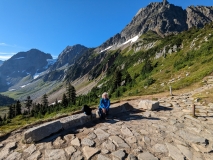
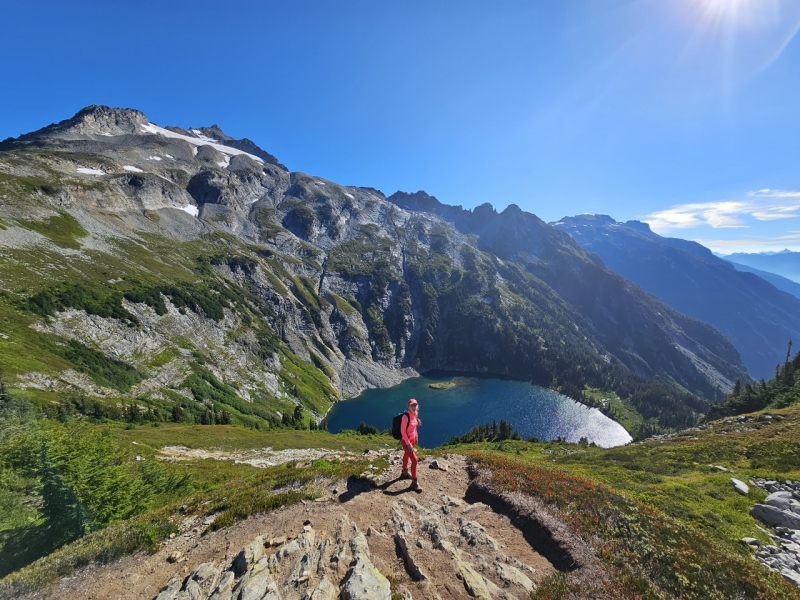
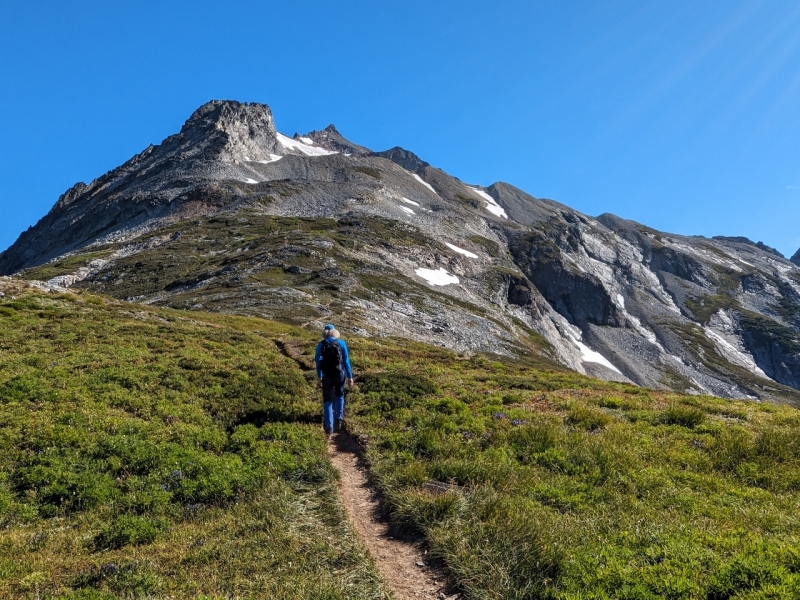
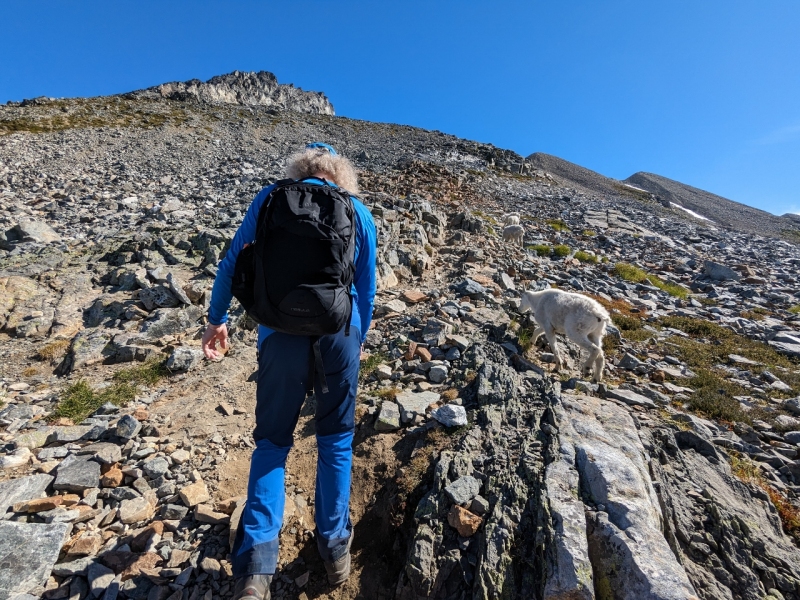
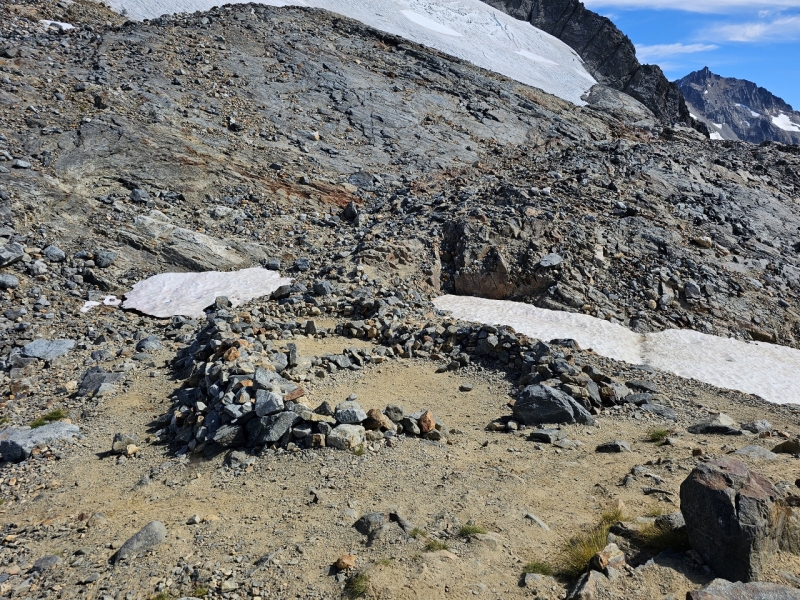
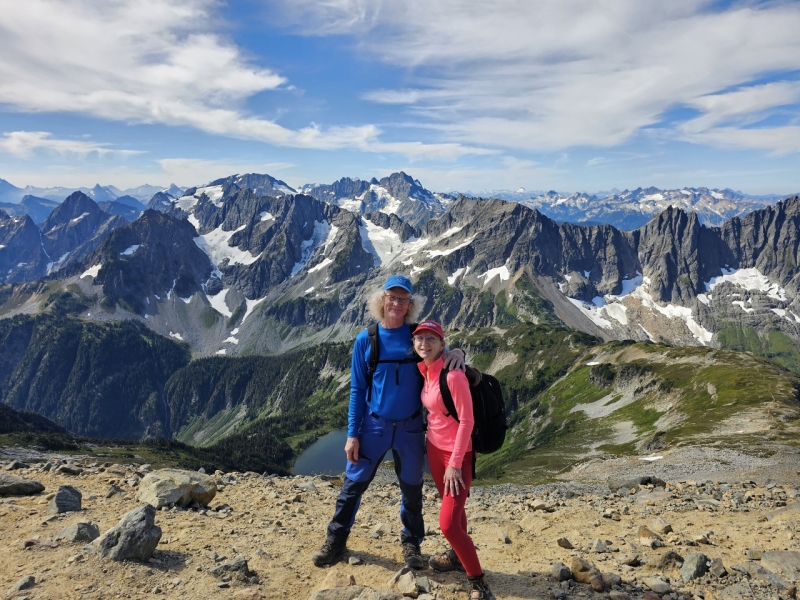
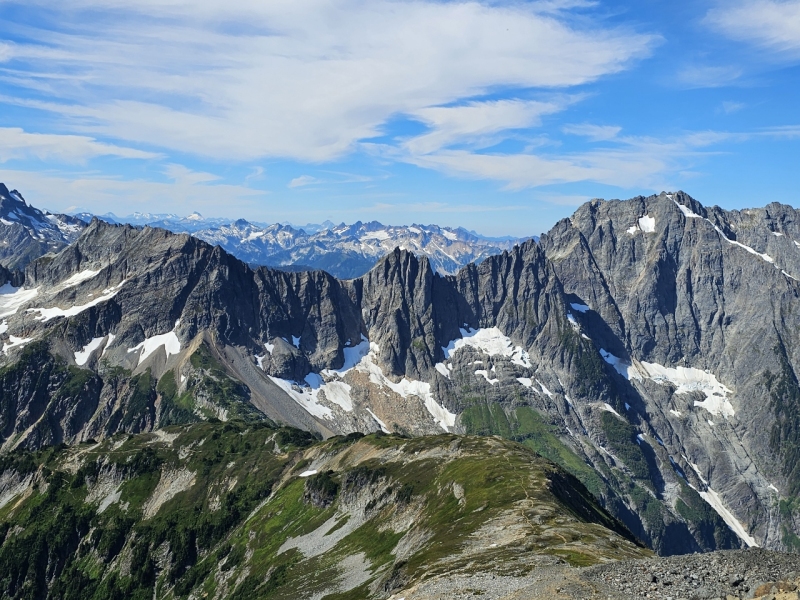
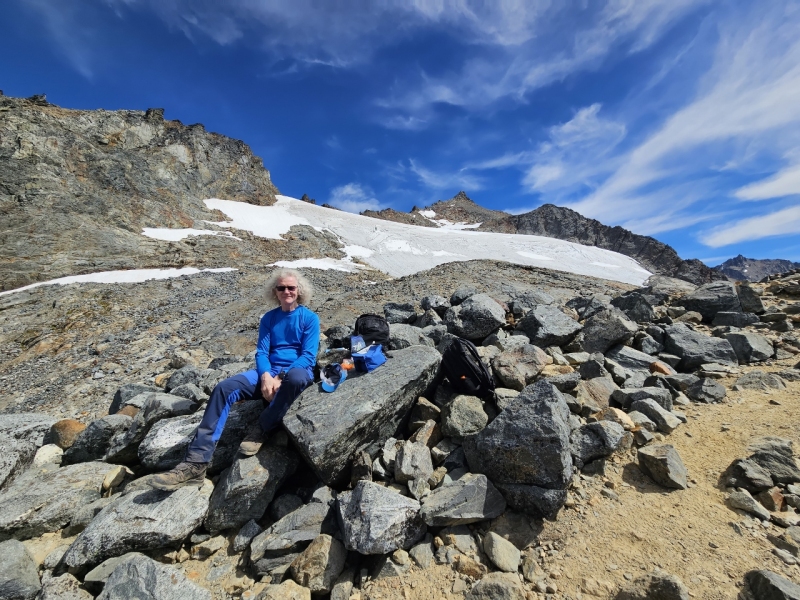
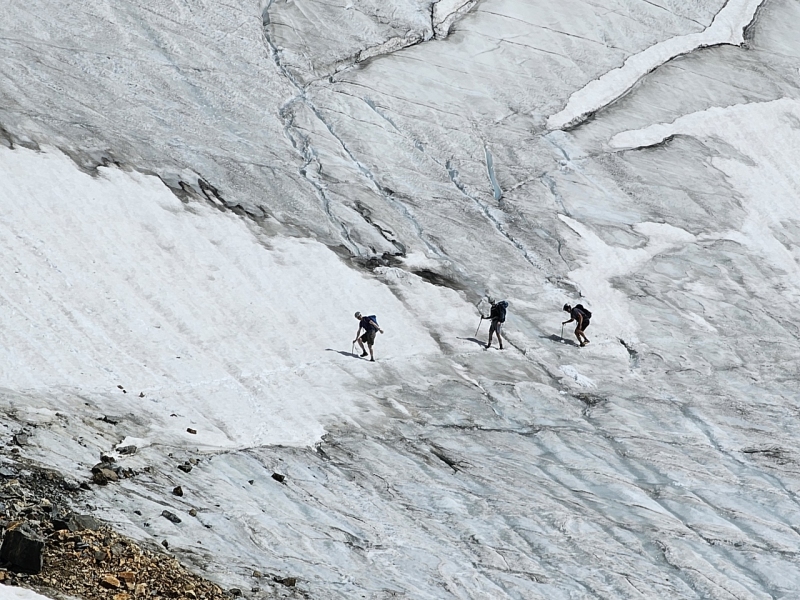
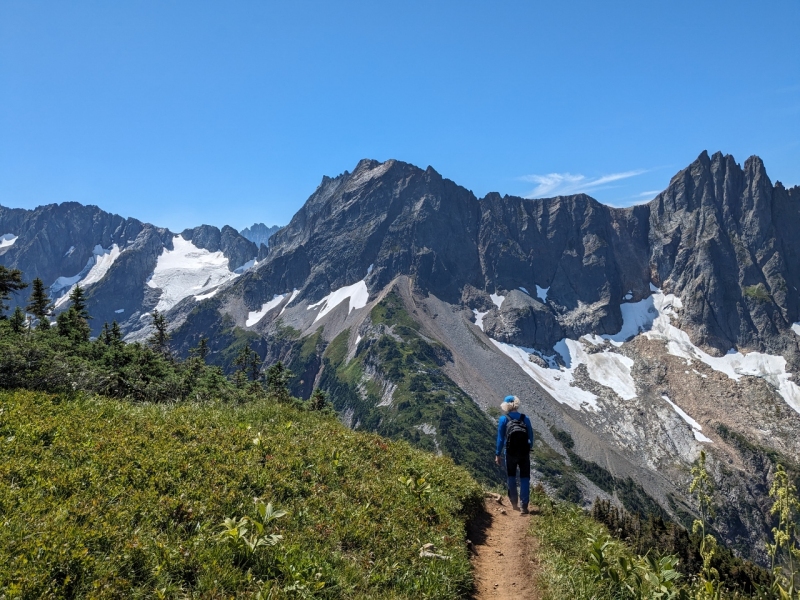
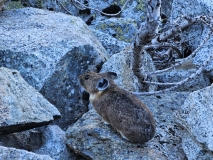
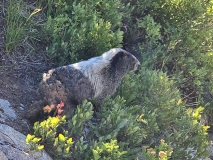
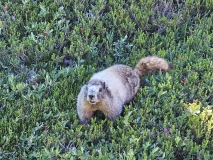
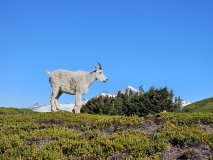
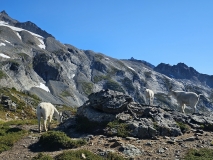
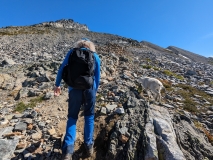
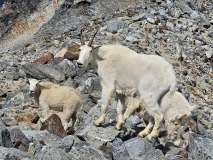
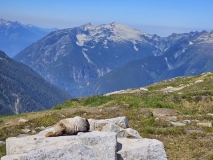
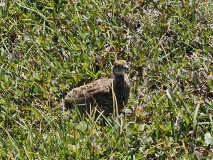
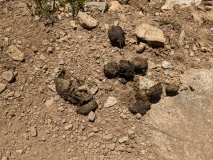
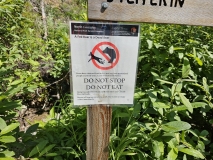
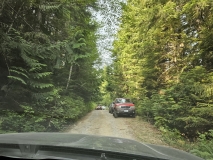
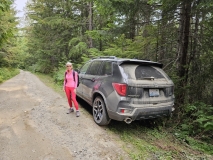

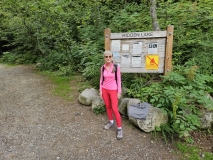
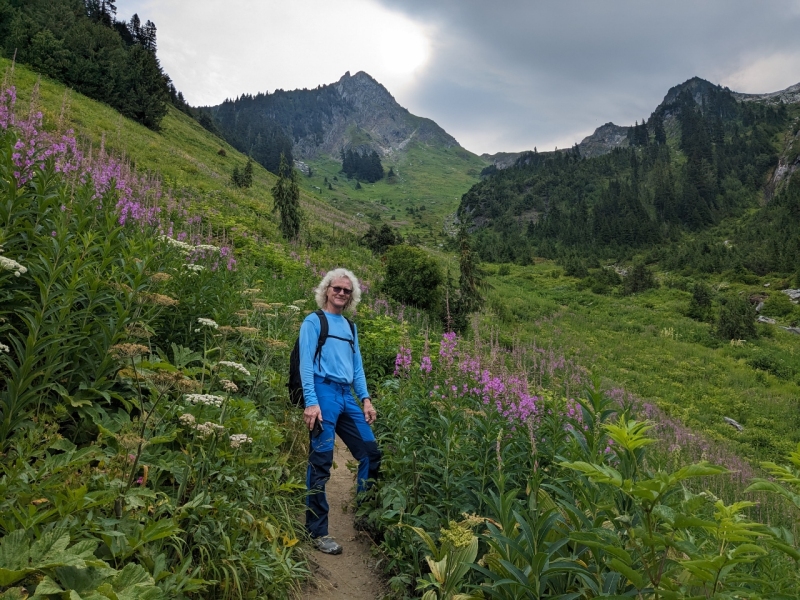
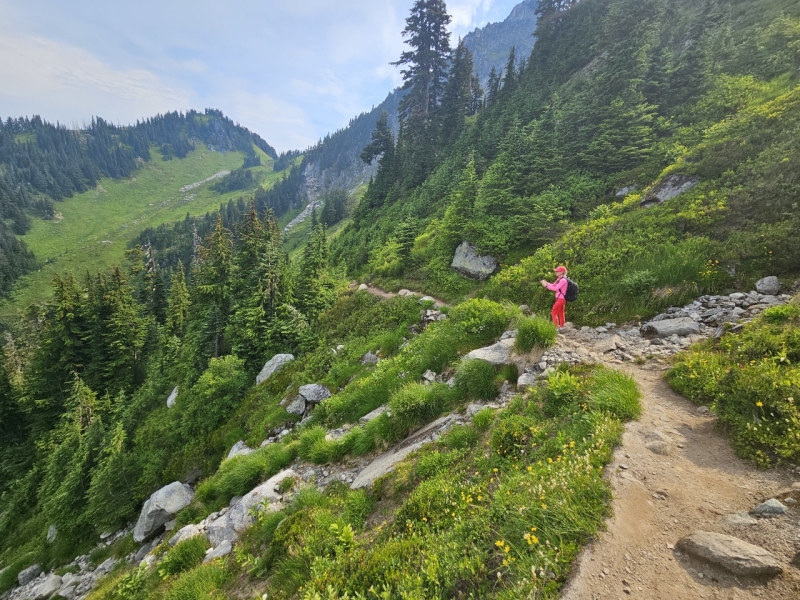
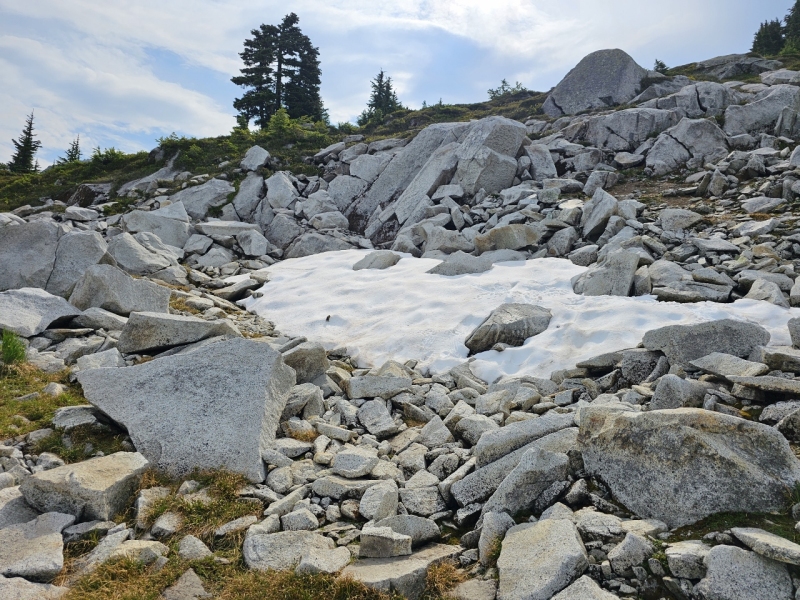
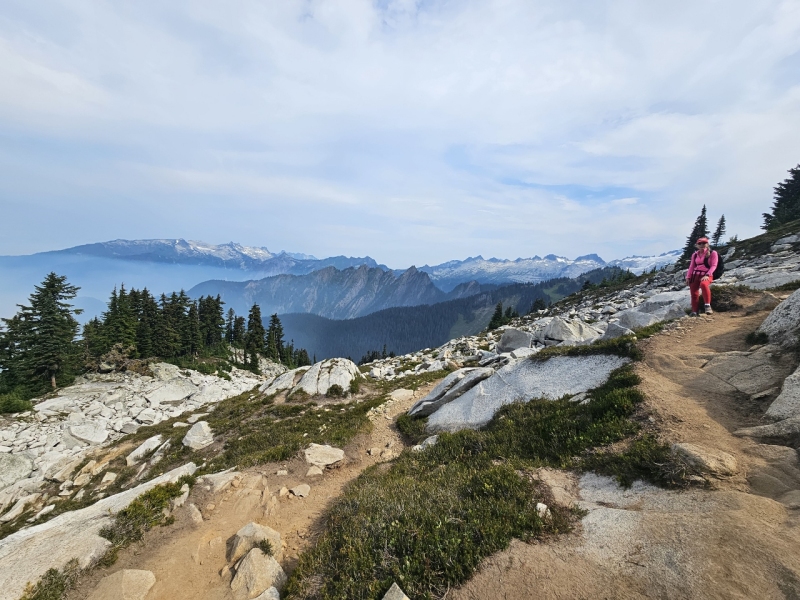
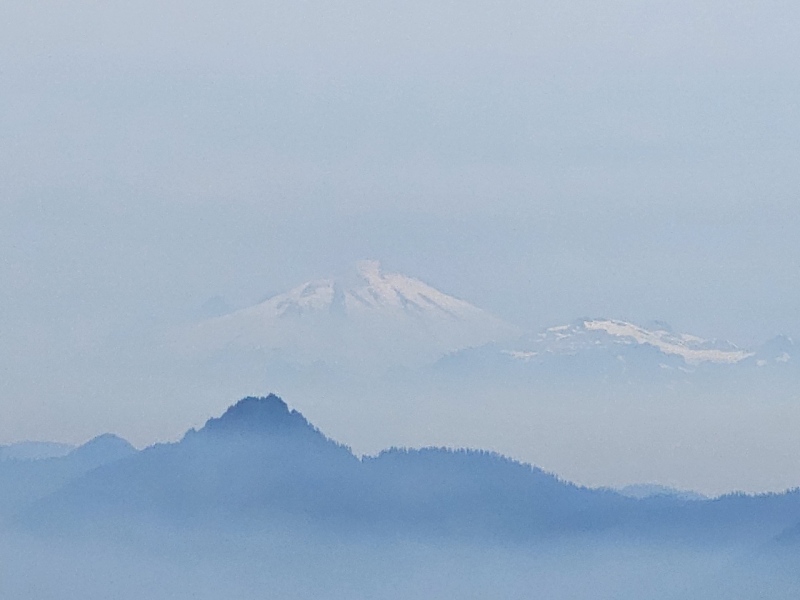

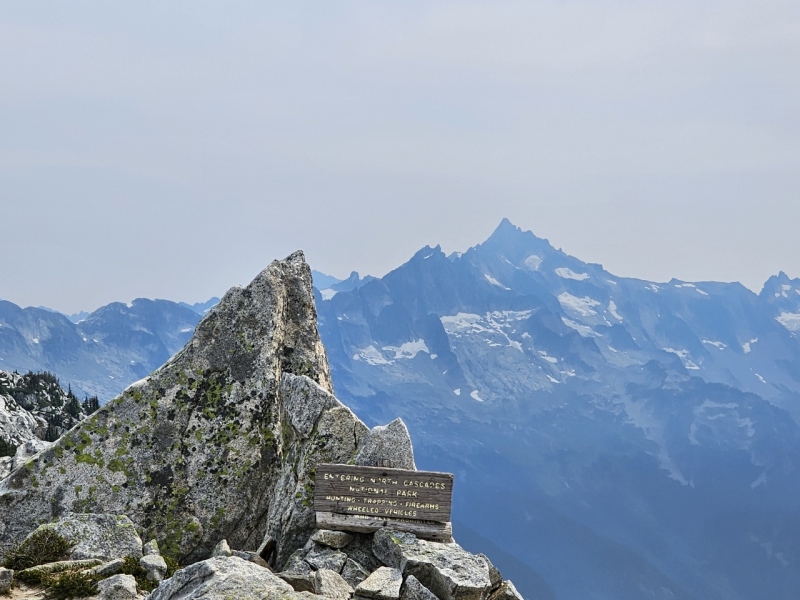
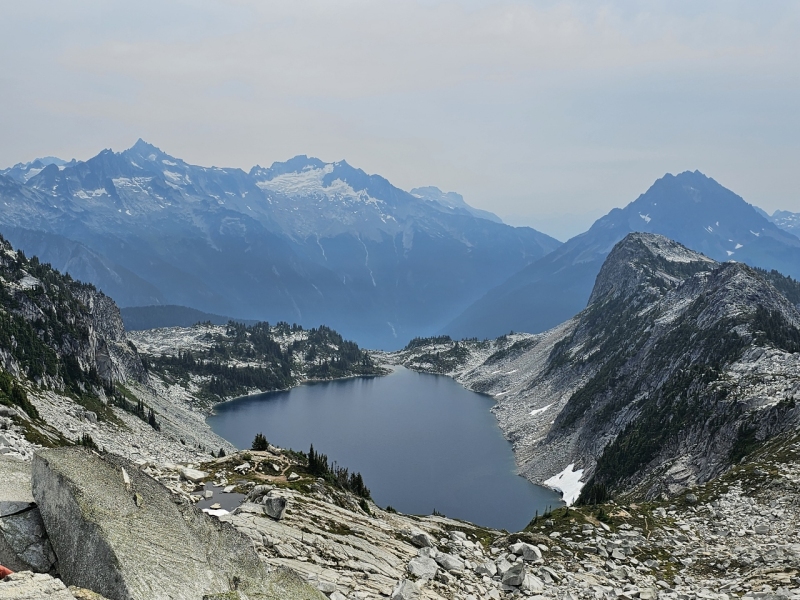
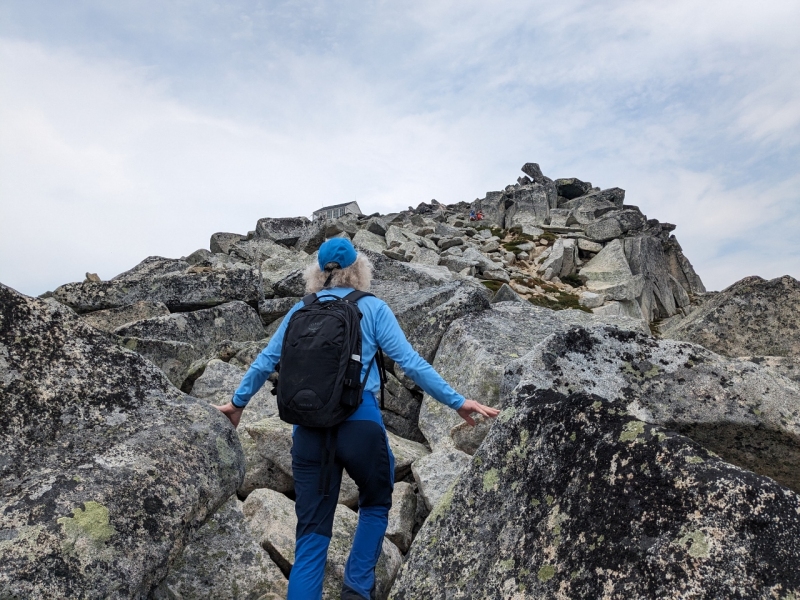
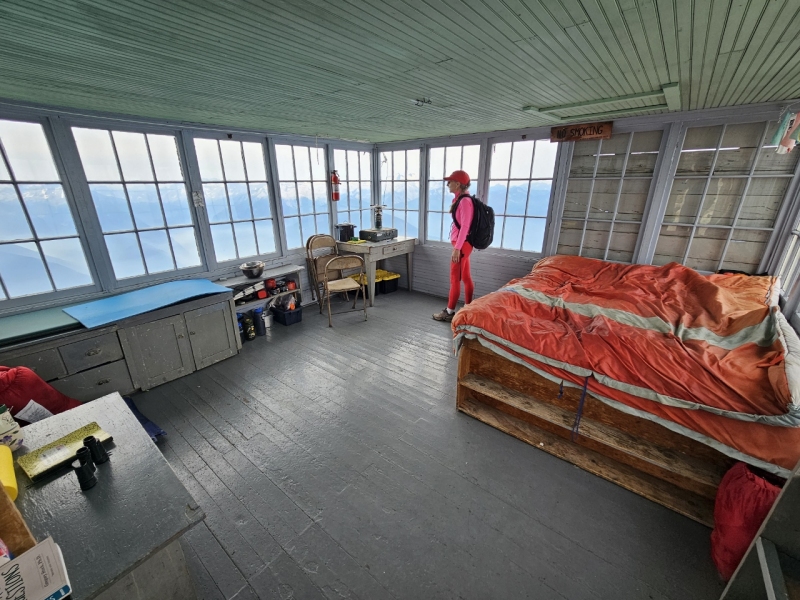
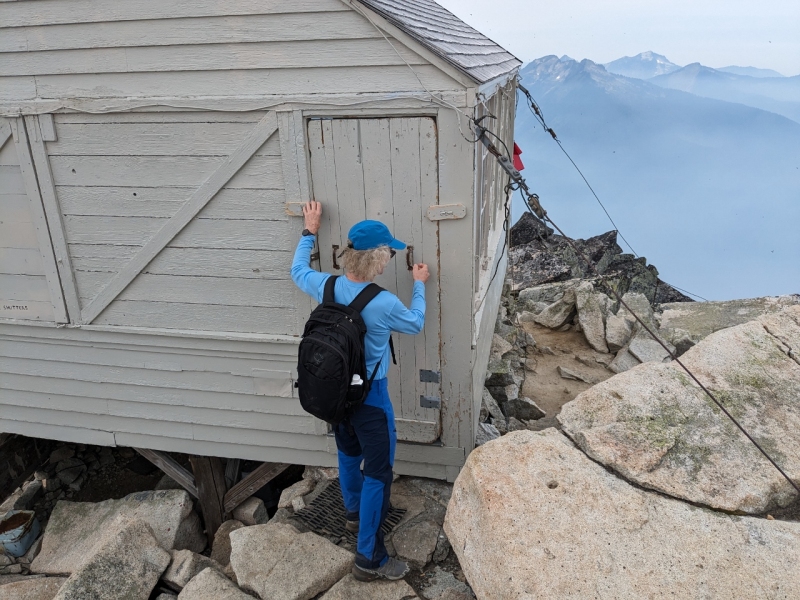
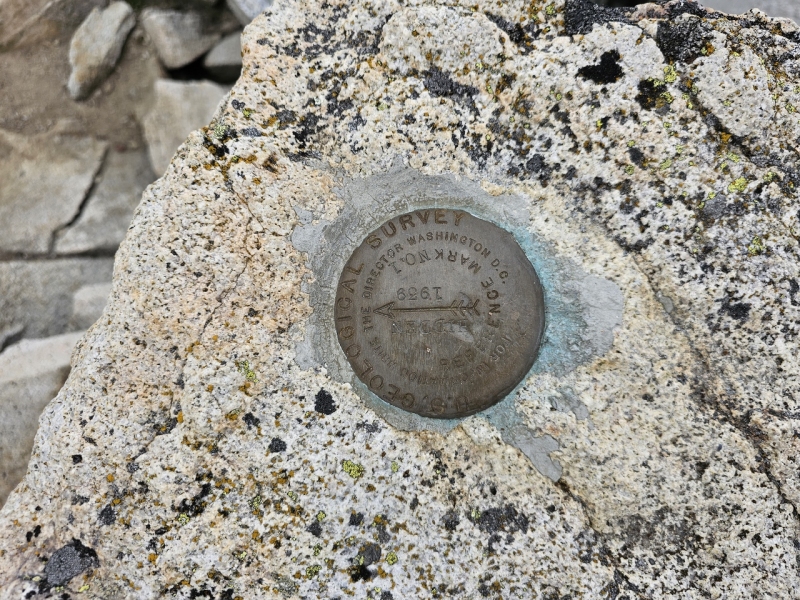
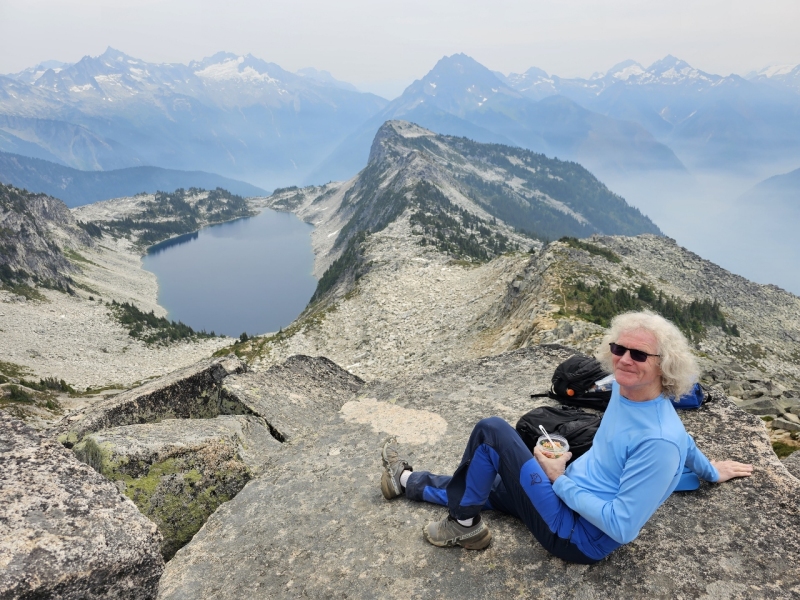
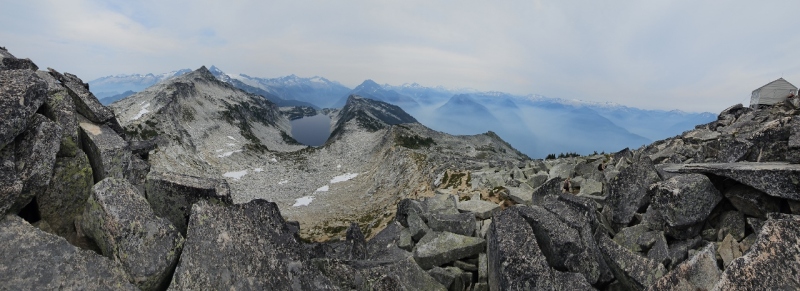
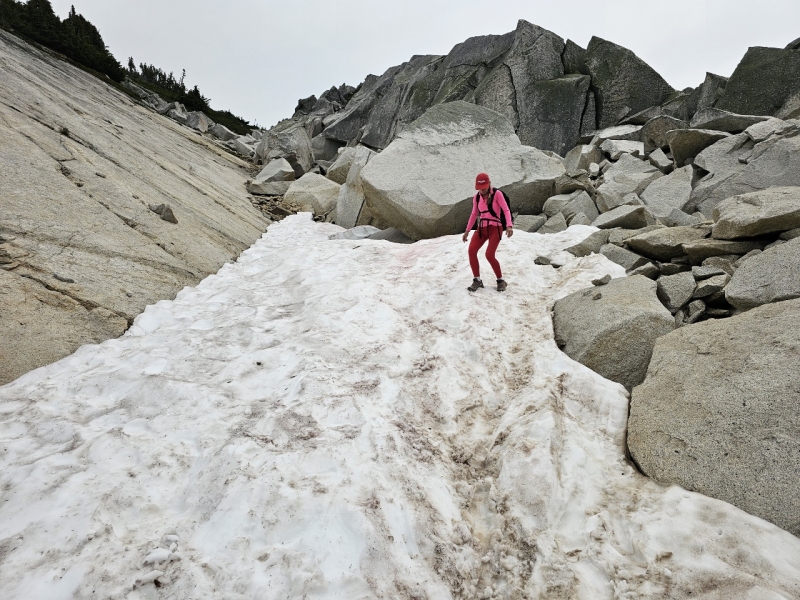
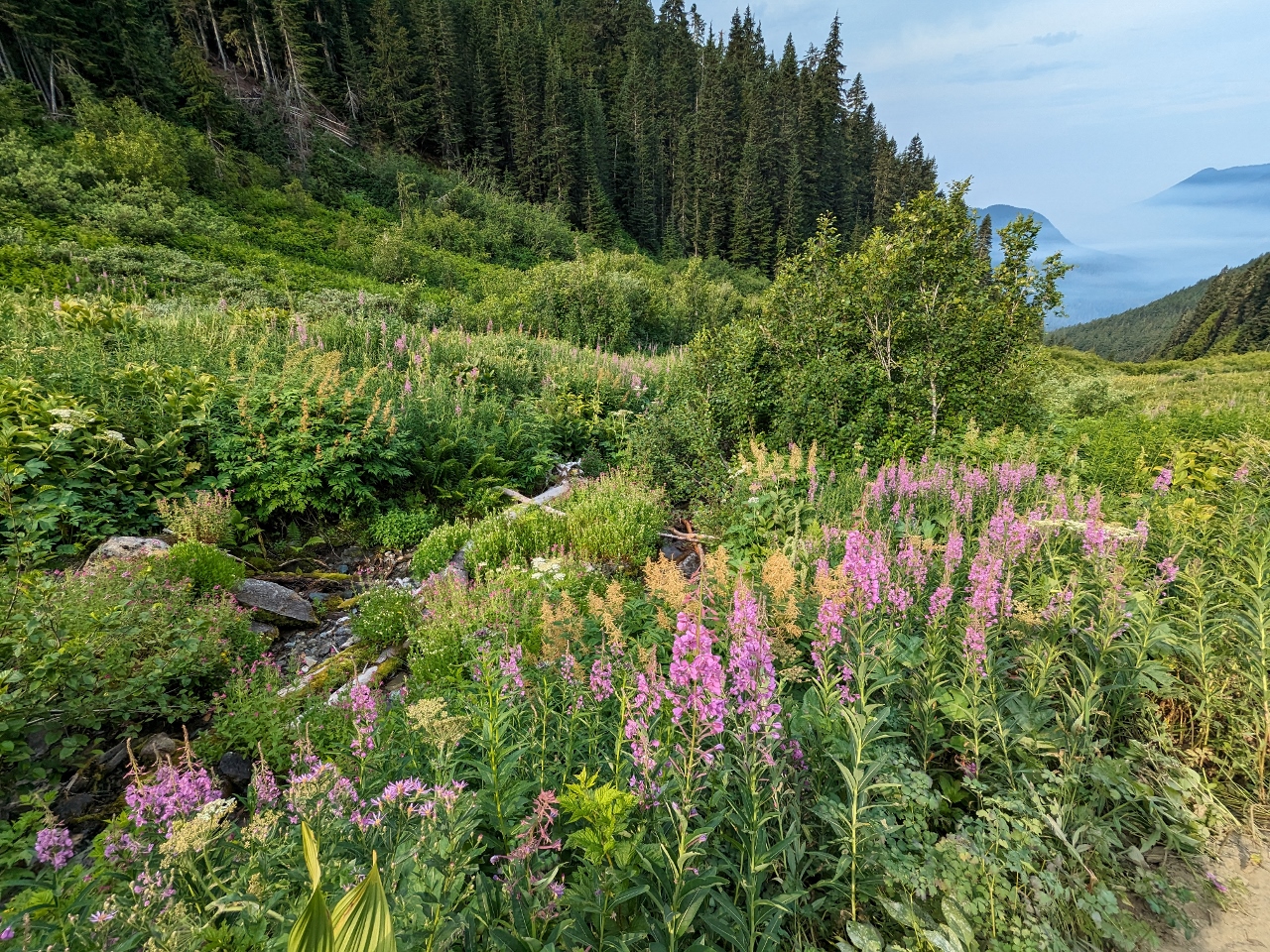
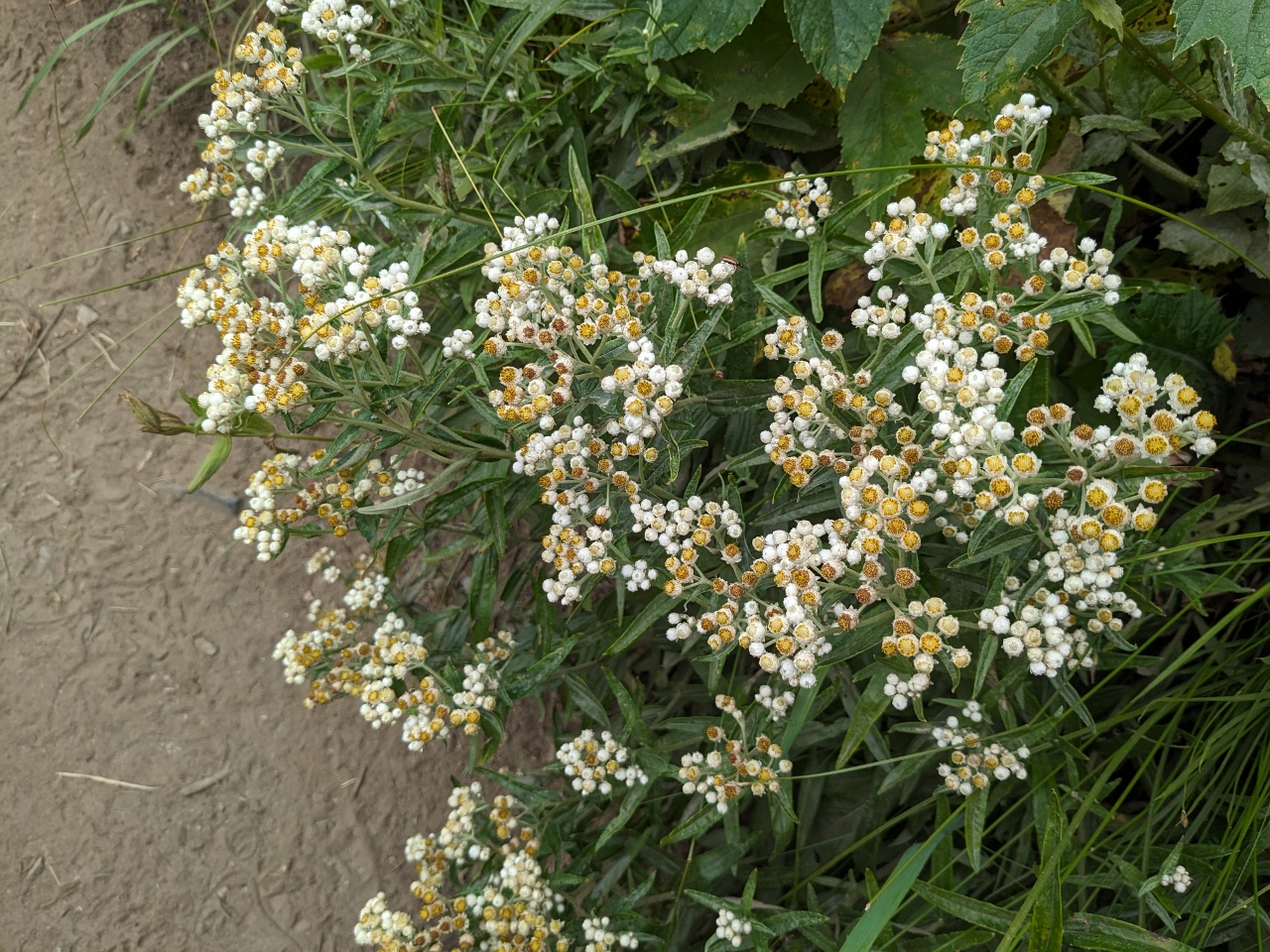
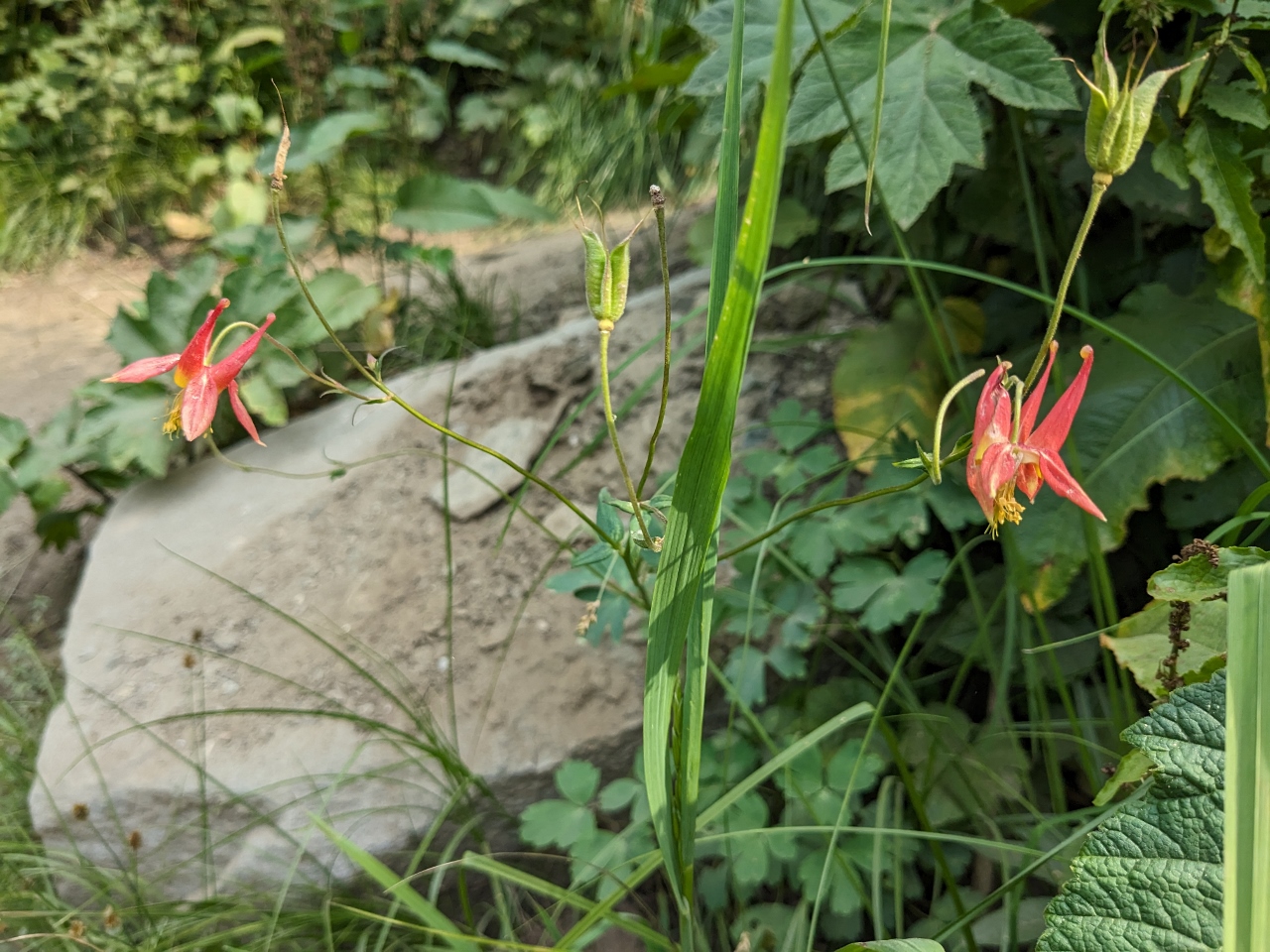
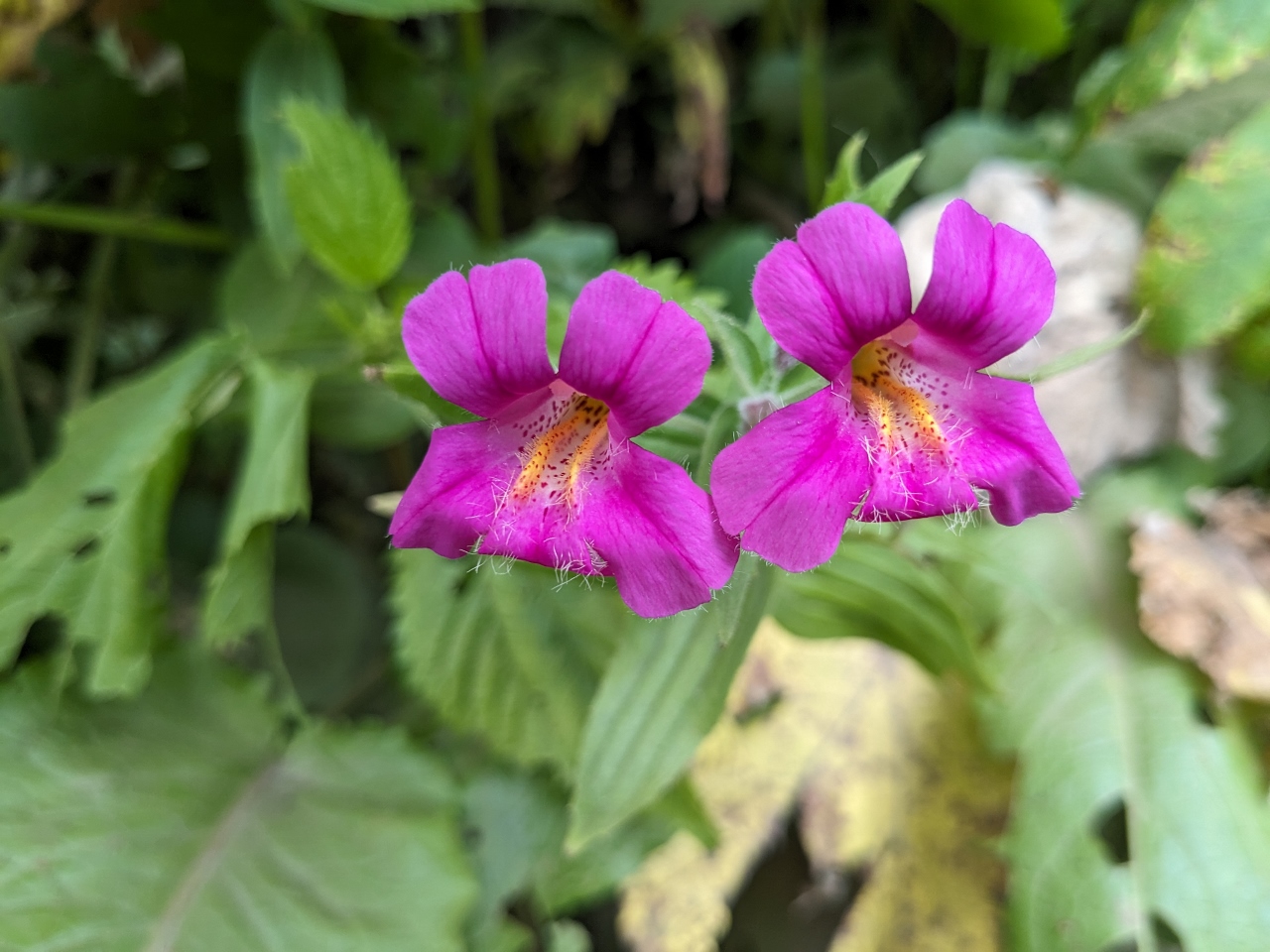
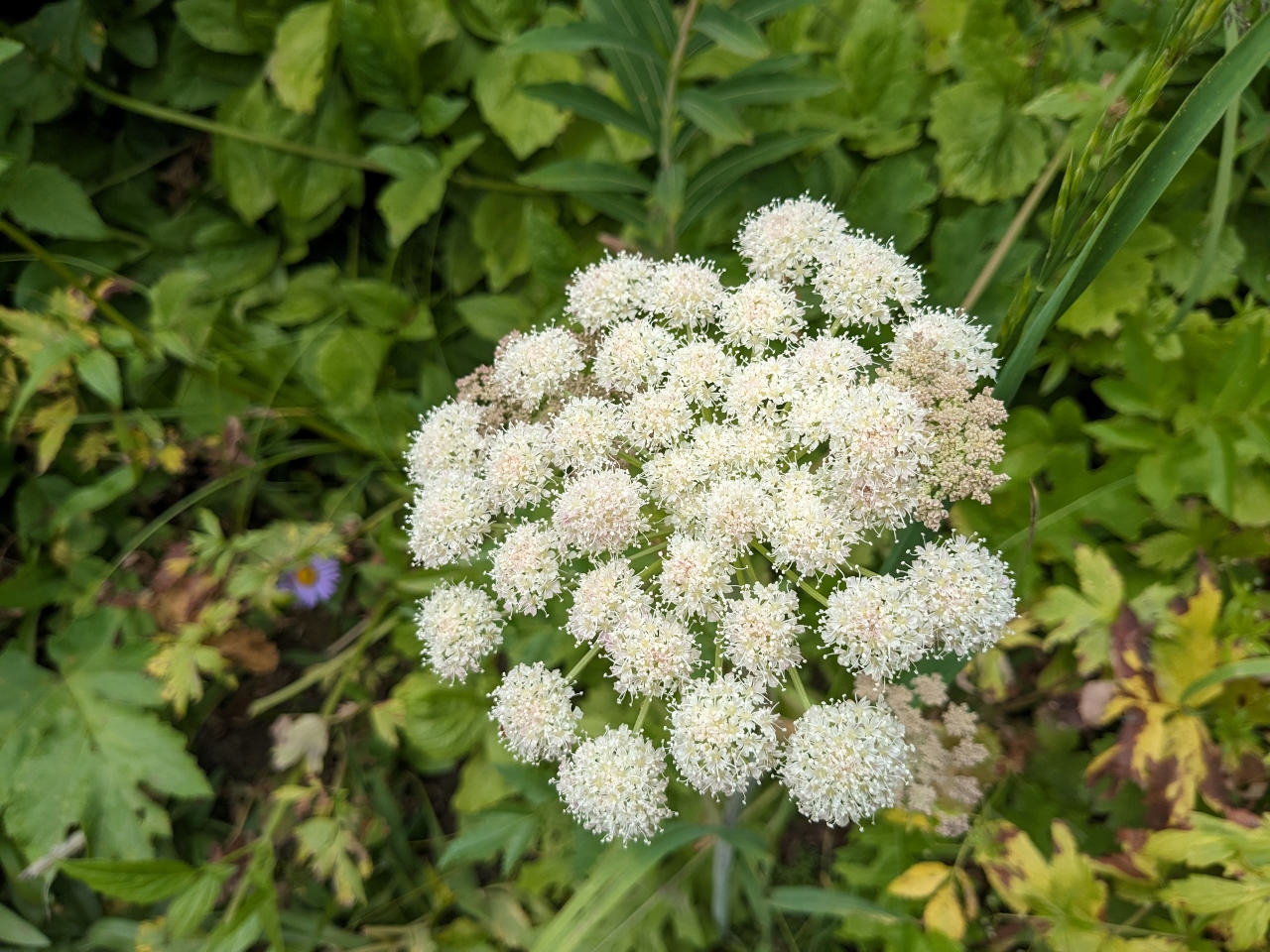
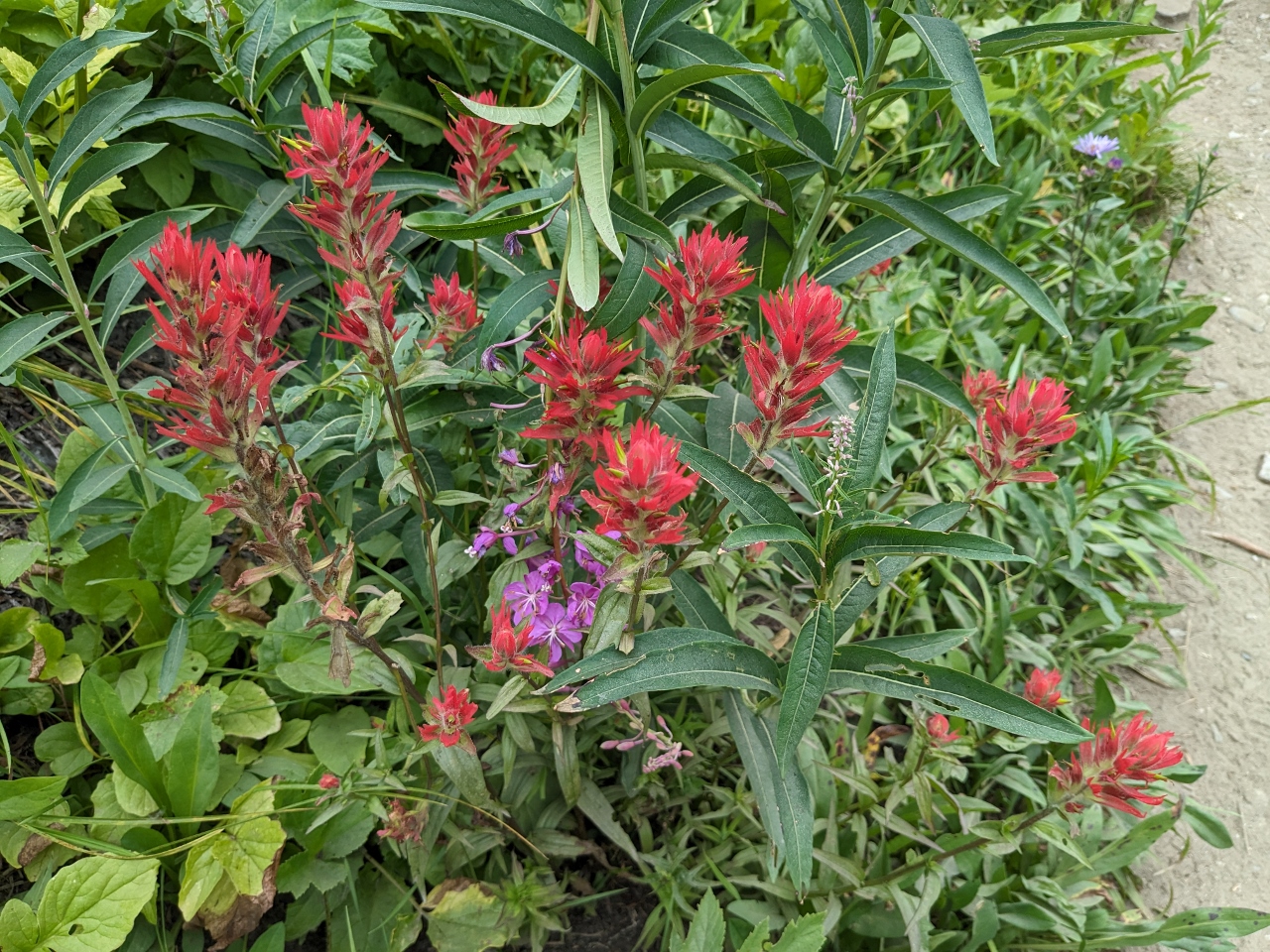
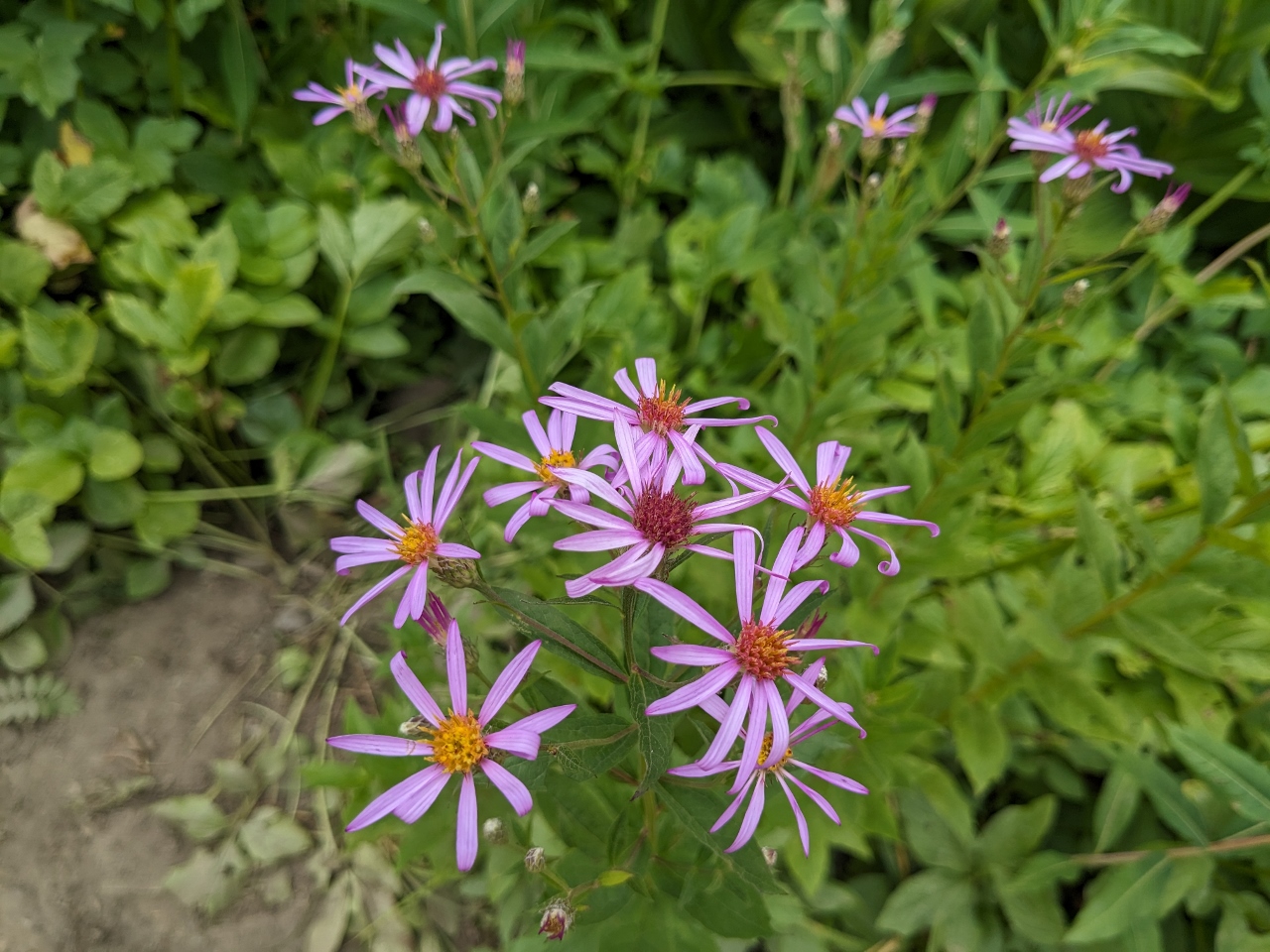
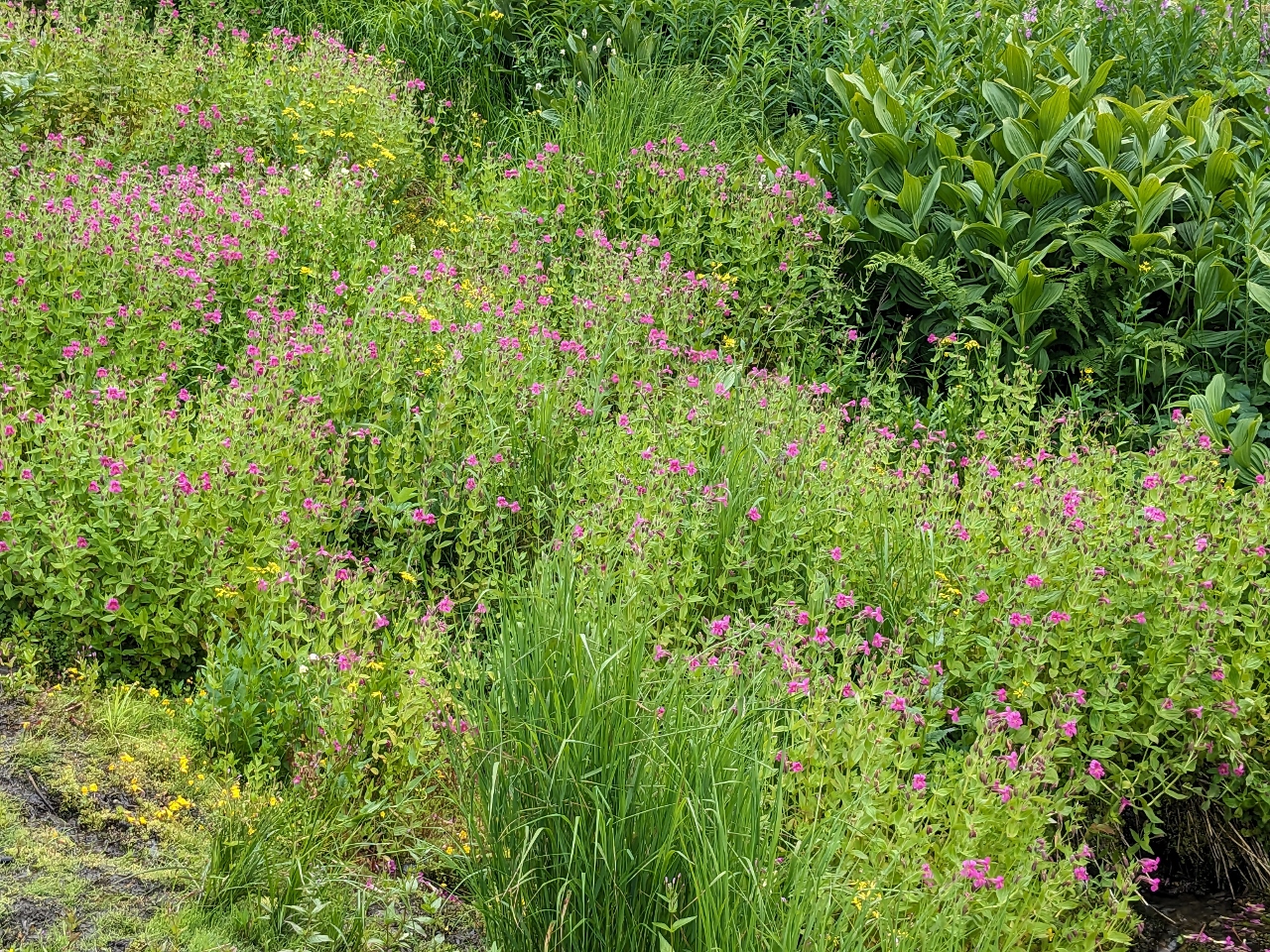
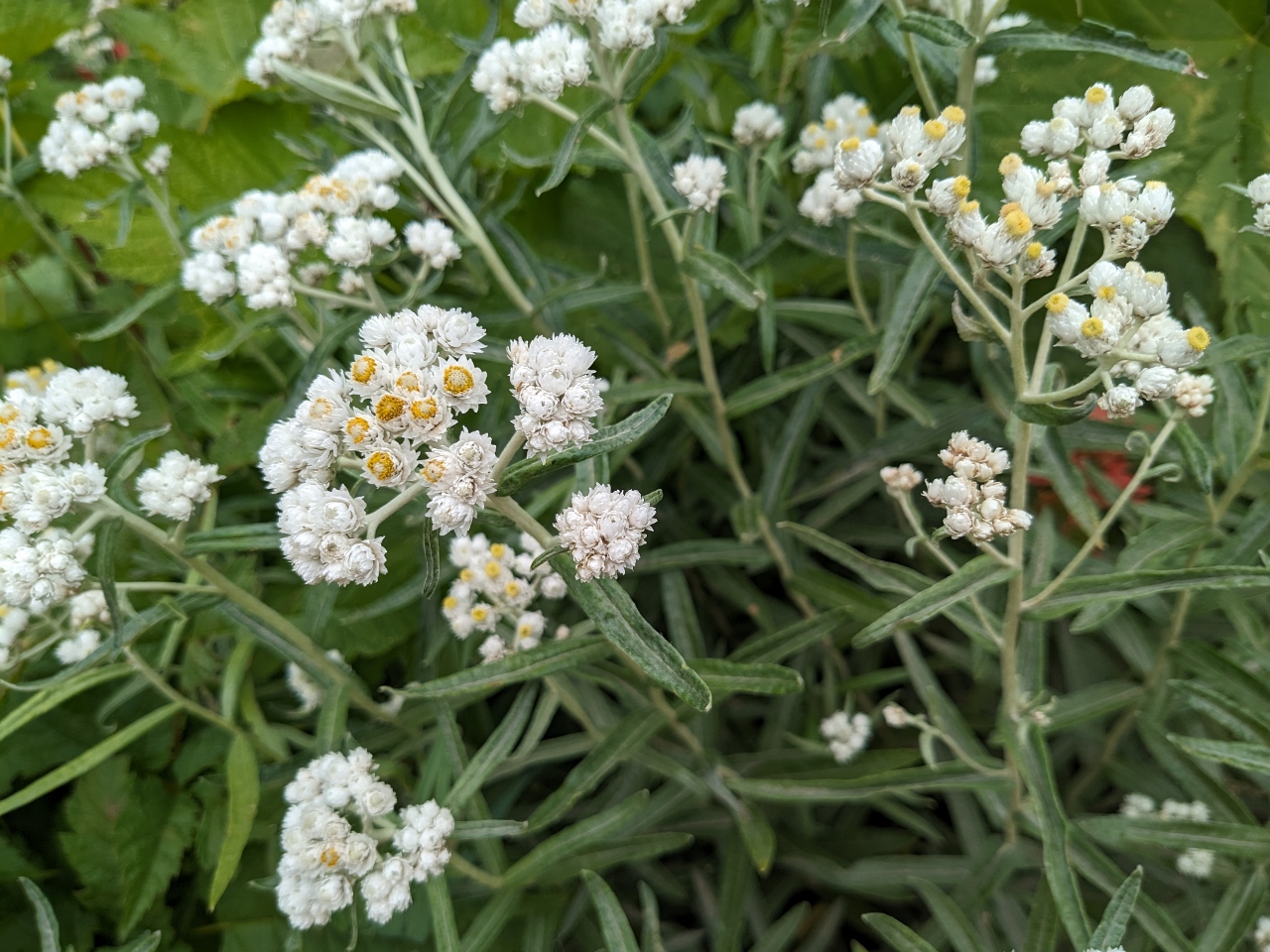
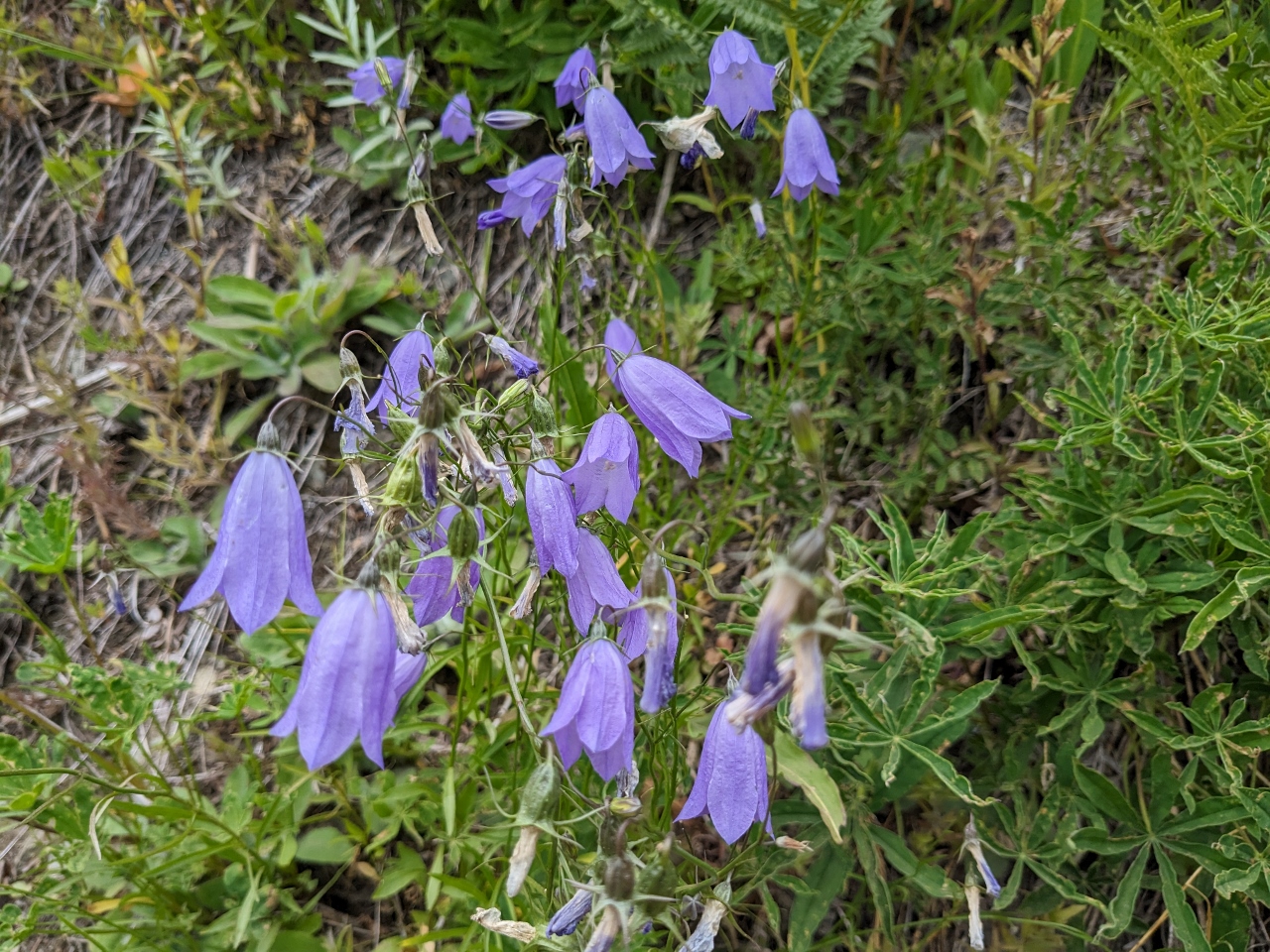

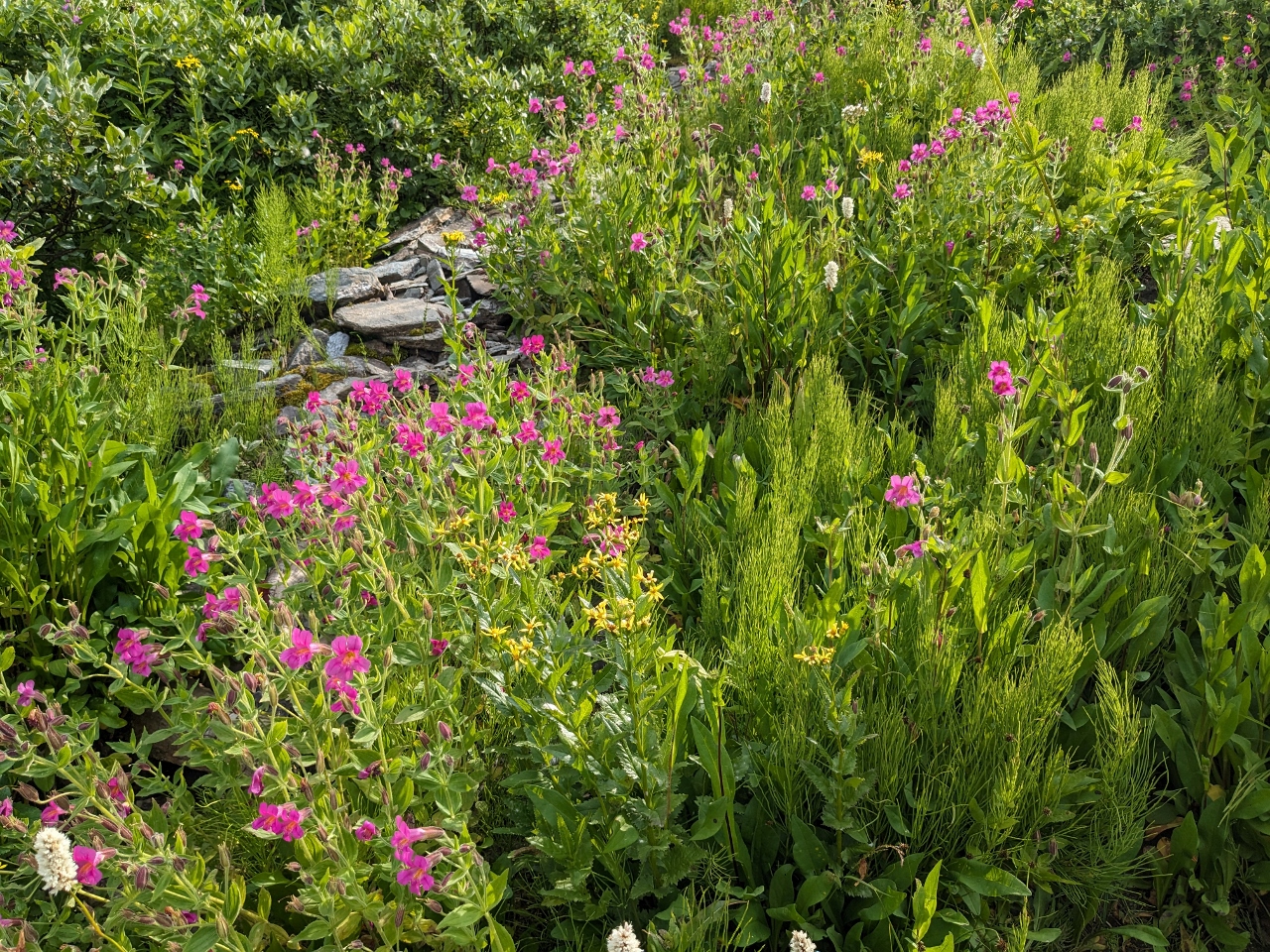
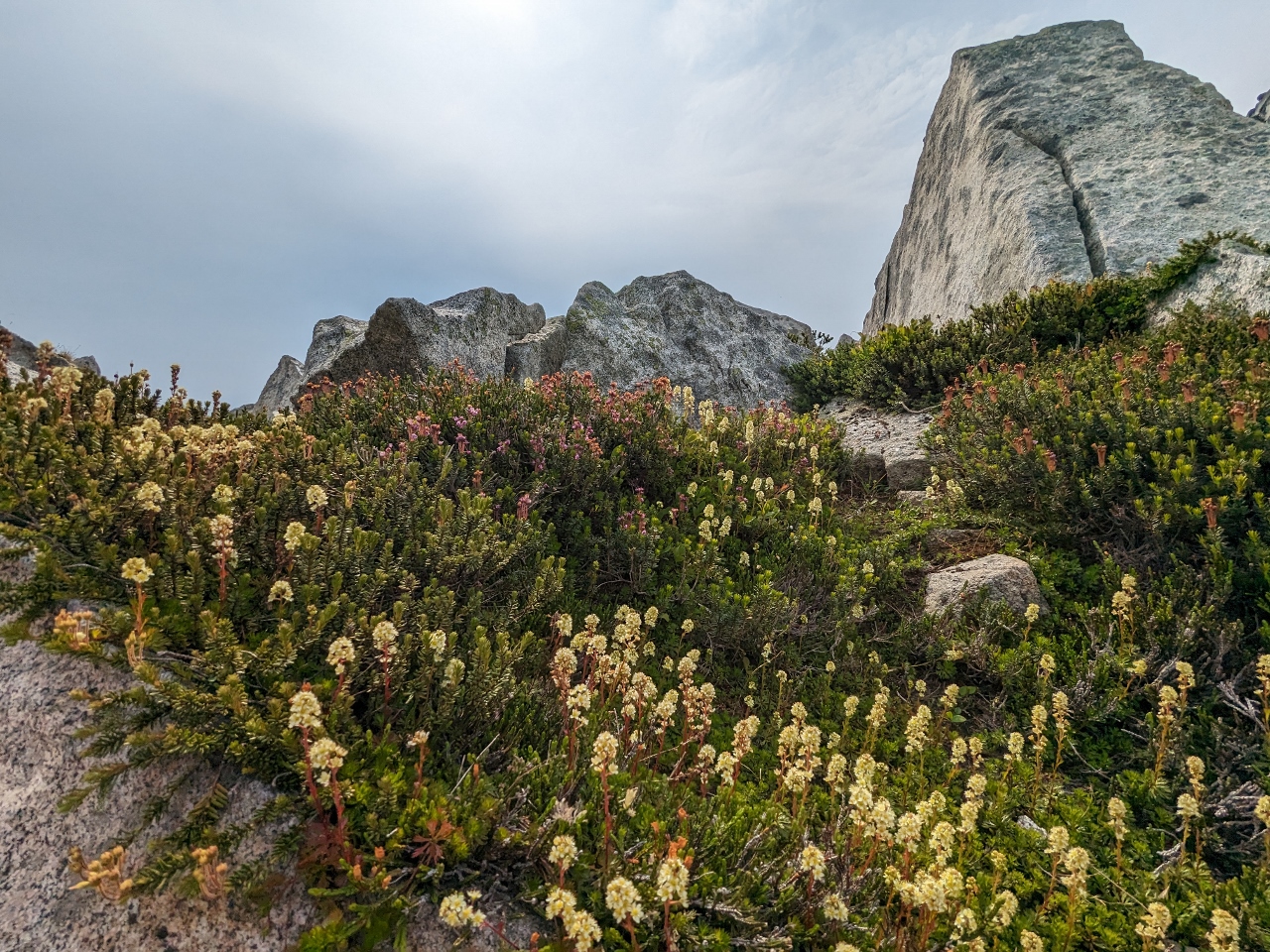
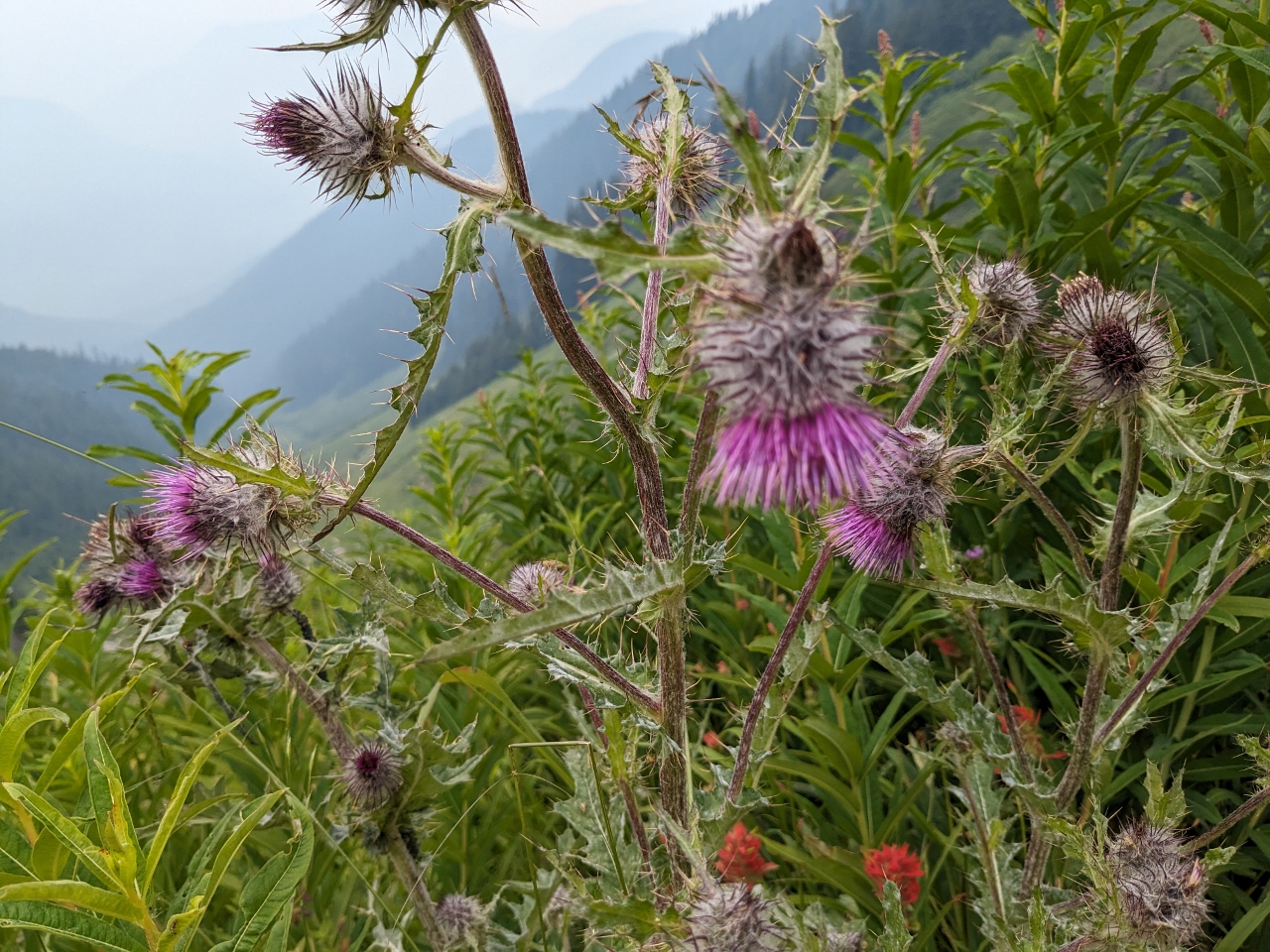

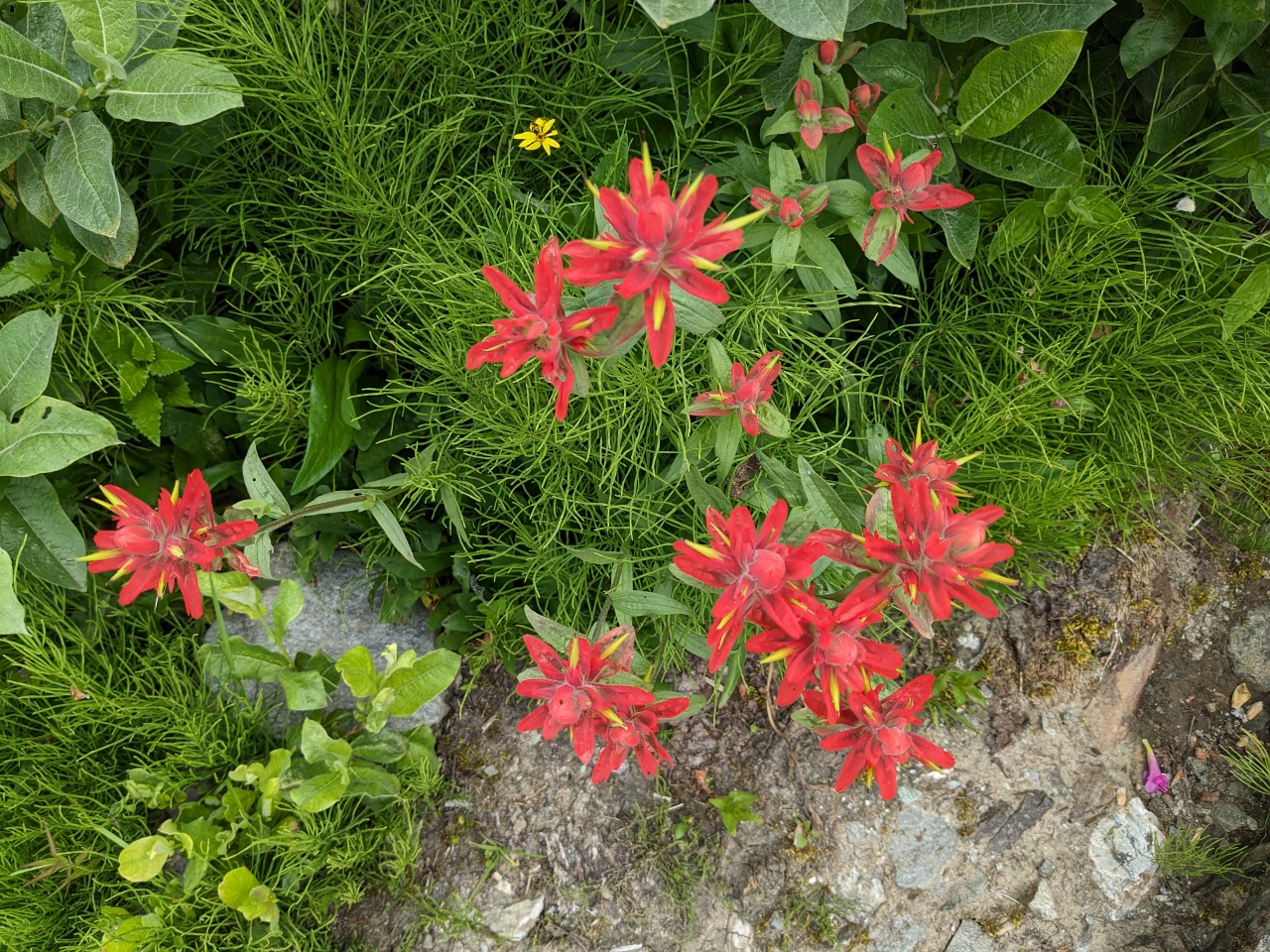
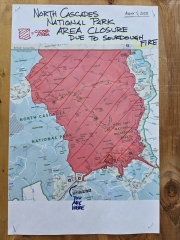
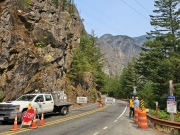
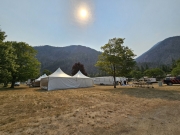
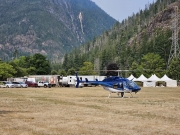

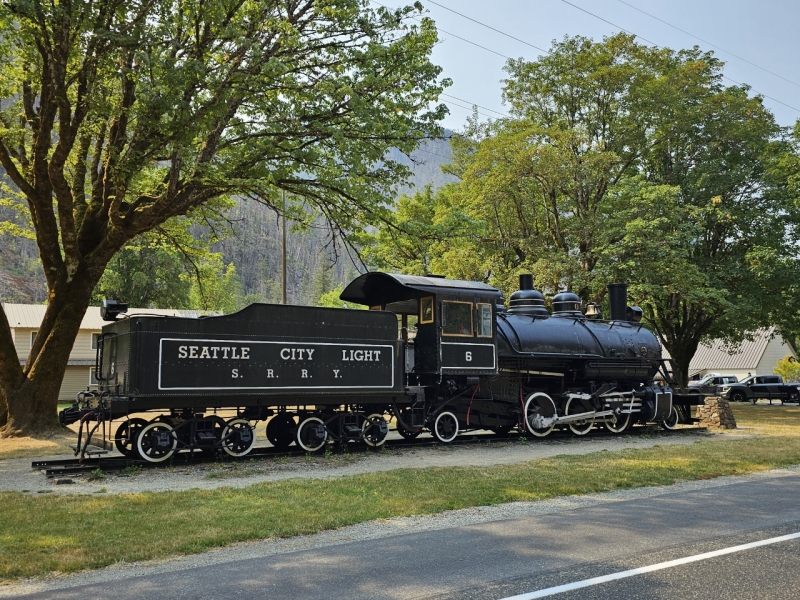
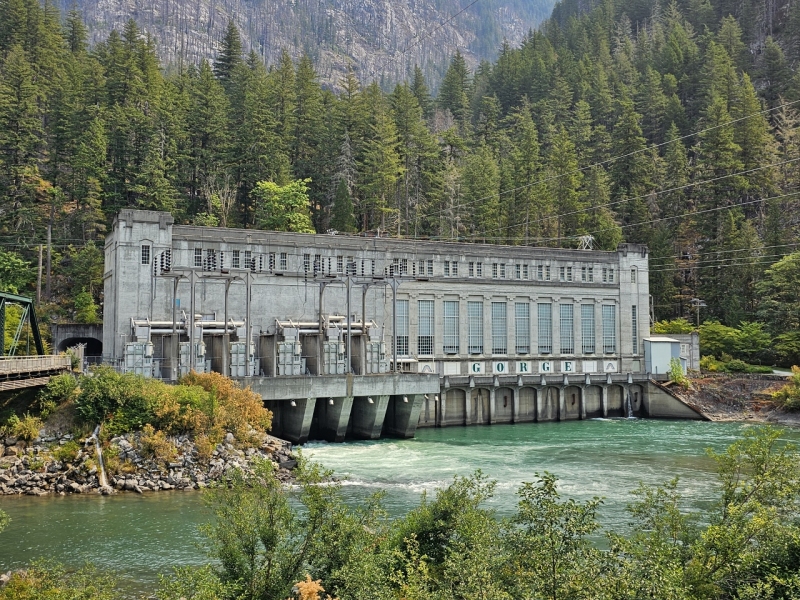
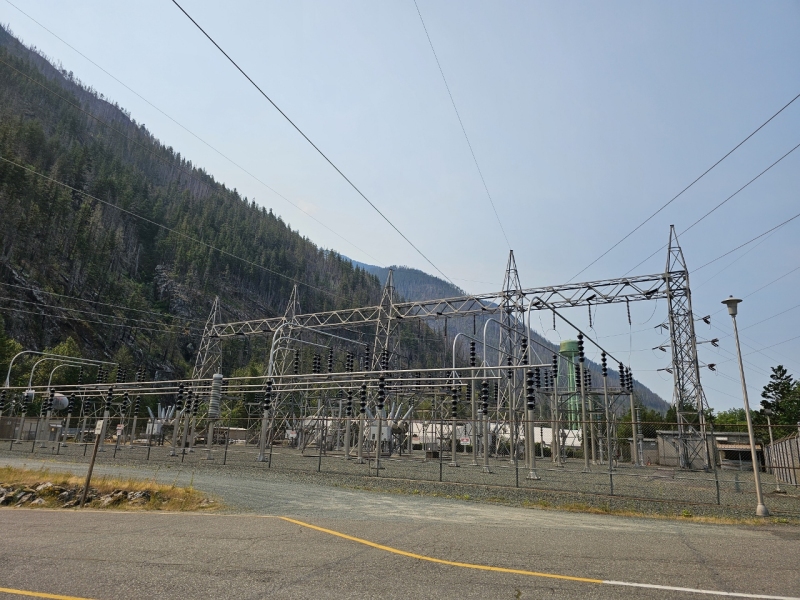
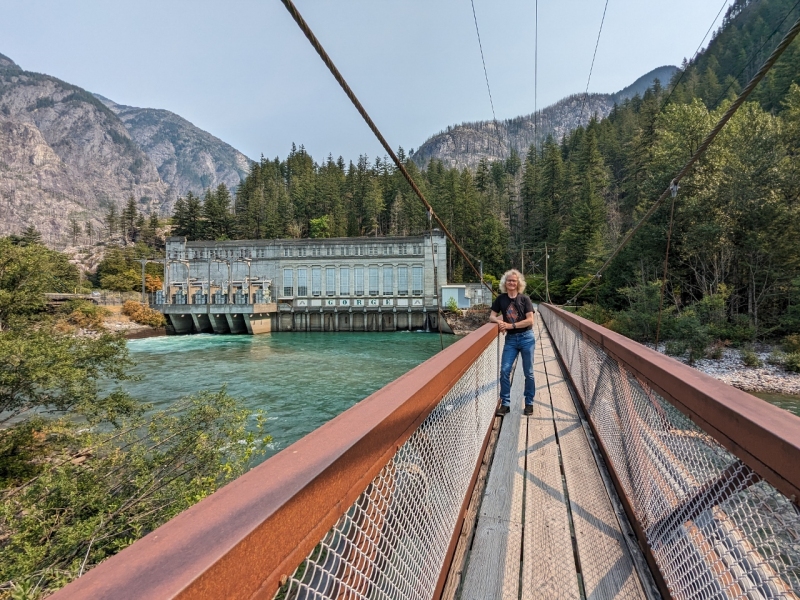
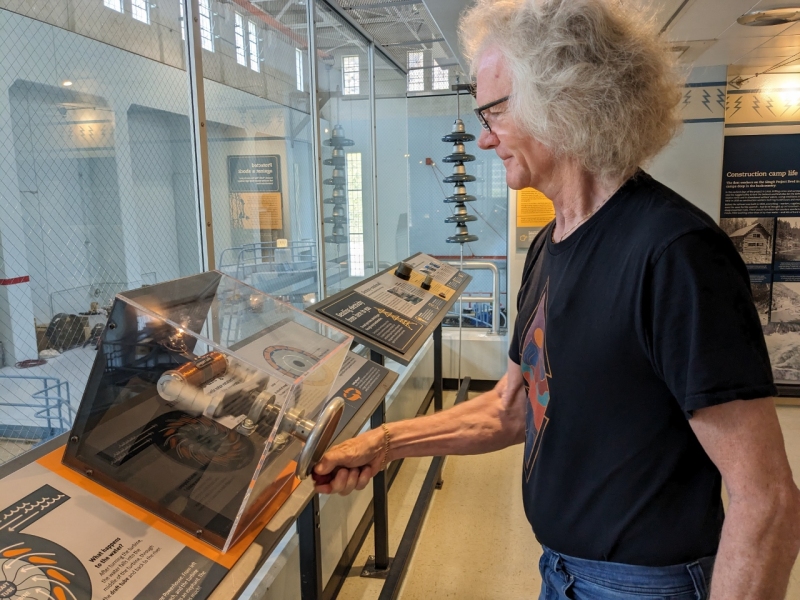
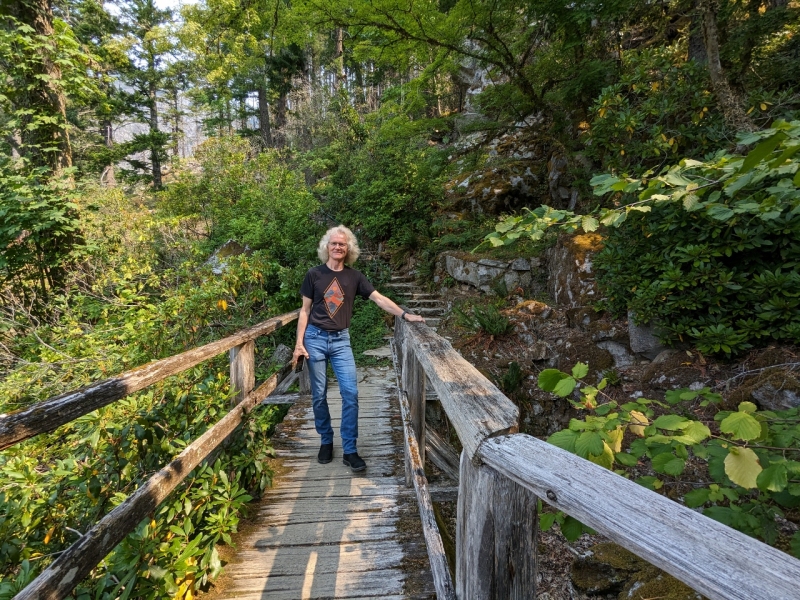
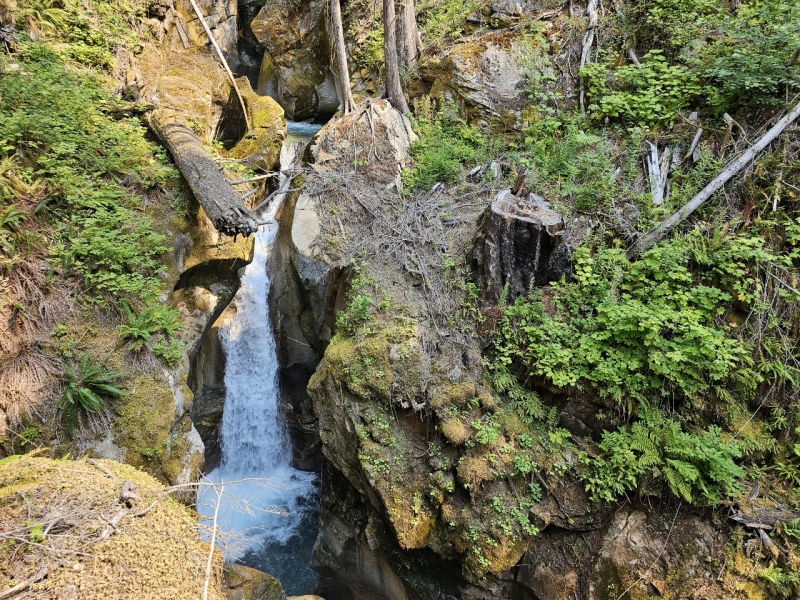
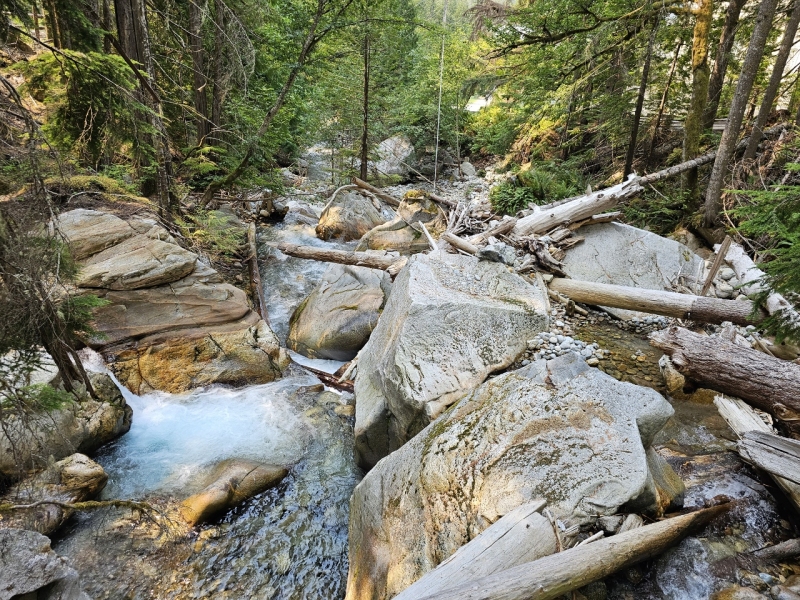

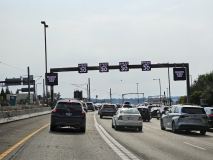
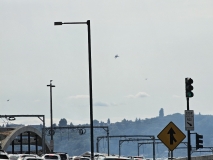
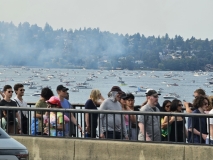
If your comment doesn't show up right away, send us email and we'll dredge it out of the spam filter.